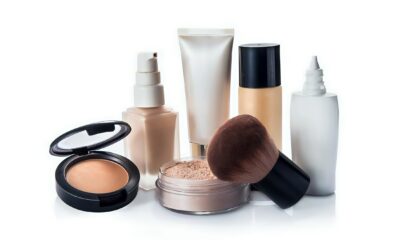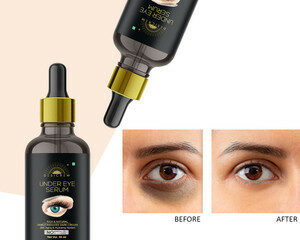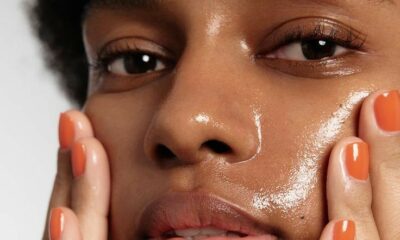Skin Care
How to Build a Routine That Works for Acne-prone Skin.

Acne is one of the most common skin conditions affecting people of all ages, genders, and ethnicities. It is a condition characterized by clogged pores, inflammation, and bacteria buildup that leads to breakouts. While acne is often associated with adolescence, many adults also struggle with the condition. The good news is that it is possible to manage and improve acne with the right skincare routine. However, crafting a routine that works for acne-prone skin can be a bit tricky, as it requires balancing acne treatment with maintaining the health of your skin.
Acne occurs when the hair follicles (pores) become clogged with oil, dead skin cells, and sometimes bacteria. This creates an environment where bacteria thrive, leading to inflammation and the development of pimples, blackheads, whiteheads, cysts, or other types of acne lesions.
Some factors that can contribute to acne include excessive oil production, hormonal changes, bacteria, diet and lifestyle and so many others.
Having gotten an insight as to how acne works, here is a step by step routine that would work for your acne prone skin and keep your face healthy and clean at all times.
Cleanse Properly

The first step in any skincare routine is cleansing, especially for acne-prone skin. Cleansing helps remove excess oil, dirt, sweat, and makeup that can clog pores. However, when it comes to acne-prone skin, it’s important to choose a gentle, non-comedogenic cleanser that won’t strip your skin of its natural oils or irritate your skin.
Some things to pay attention to includes:
- Cleanse twice a day; once in the morning and once at night using lukewarm water.
- Avoid scrubbing your face too hard; instead, use your fingertips to gently massage the cleanser into your skin for 30 seconds.
- Don’t overwash your face, as this can strip your skin and lead to further oil production
Read Also: Top Concealers for Acne
Exfoliate Regularly
Exfoliation is a crucial step for acne-prone skin, as it helps remove dead skin cells that can clog pores. However, it’s essential to choose the right type of exfoliator and use it in moderation to avoid irritation.
Ensure to:
- Use a chemical exfoliant 2 to 3 times a week. Over-exfoliating can irritate the skin and lead to more breakouts.
- Apply exfoliant after cleansing, and allow it to absorb into your skin. Follow up with a moisturizer.
- Avoid physical exfoliants as scrubs with coarse grains can irritate the skin and worsen acne, especially if you have inflamed or cystic acne.
Treat Acne with Spot Treatments

If you’re experiencing active breakouts, acne spot treatments can help target individual pimples and reduce inflammation. Spot treatments are concentrated formulas that help kill bacteria, reduce oil, and minimize the appearance of pimples.
Moisturize Regularly
Moisturizing is a crucial step in an acne-friendly skincare routine. Acne-prone skin can often be dry or dehydrated due to the use of acne treatments and this can strip the skin of its natural moisture. A good moisturizer helps keep the skin hydrated and balanced.
Also ensure to avoid touching your face constantly as your hands carry bacteria and oil, so touching your face can spread these to your skin and contribute to breakouts. Remember to maintain a healthy lifestyle by staying hydrated, eating a balanced diet, getting enough sleep, and managing stress to help support your skin’s health.
If you stick to this routine, you can be sure to have a smooth and healthy face for yourself.
Skin Care
How to Treat Fine Lines in Matured Skin According to Dermatologists

Fine lines appear as matured skin loses collagen and elastin, two structural proteins that keep the skin firm and flexible. This change is a normal part of ageing and is well supported by dermatology research. Environmental factors such as sun exposure, pollution and smoking accelerate this breakdown, which is why some individuals notice fine lines earlier than others.
Retinoids are among the most studied and effective topical treatments for fine lines in matured skin. Both retinol and prescription-strength tretinoin stimulate collagen production and improve uneven texture. Since retinoids can cause dryness when introduced too quickly, dermatologists usually recommend starting with a low concentration and increasing use gradually.

Photo – Google
Hydration also plays a major role. Hyaluronic acid is a humectant that pulls water into the skin, making surface lines appear less noticeable. Glycerin, another well-researched humectant, strengthens the skin barrier and helps maintain steady moisture levels, which matured skin often struggles to retain.
Vitamin C is backed by substantial research for its antioxidant abilities. It helps counter the effects of sun exposure and pollution while supporting collagen formation. With consistent use, it can brighten dull areas and improve skin tone, which often becomes uneven as the skin matures.

Photo – Google
Sun protection remains one of the strongest evidence-based strategies for preventing and managing fine lines. Ultraviolet radiation is a major cause of collagen loss. A broad-spectrum sunscreen with SPF 30 or higher helps limit this damage when used daily and reapplied as needed during prolonged outdoor exposure.

Photo – Google
Several in-clinic procedures have proven results for matured skin. Chemical peels remove dull surface cells and encourage renewal. Microneedling triggers controlled micro-injury that leads to increased collagen production over time. Laser resurfacing is another option with strong clinical backing, though it must be performed by trained professionals.
Lifestyle habits also influence fine lines in ways supported by research. Smoking accelerates collagen breakdown. Lack of sleep increases inflammation. Diets rich in antioxidants help the skin manage oxidative stress. Adequate hydration supports overall skin function and appearance.
Dermatology studies consistently show that improvement takes time. Collagen renewal is slow, so steady care delivers better long-term results for matured skin.
Skin Care
4 Best Cleansing Oils We Tested to Gently Remove Makeup, Dermatologist-Approved
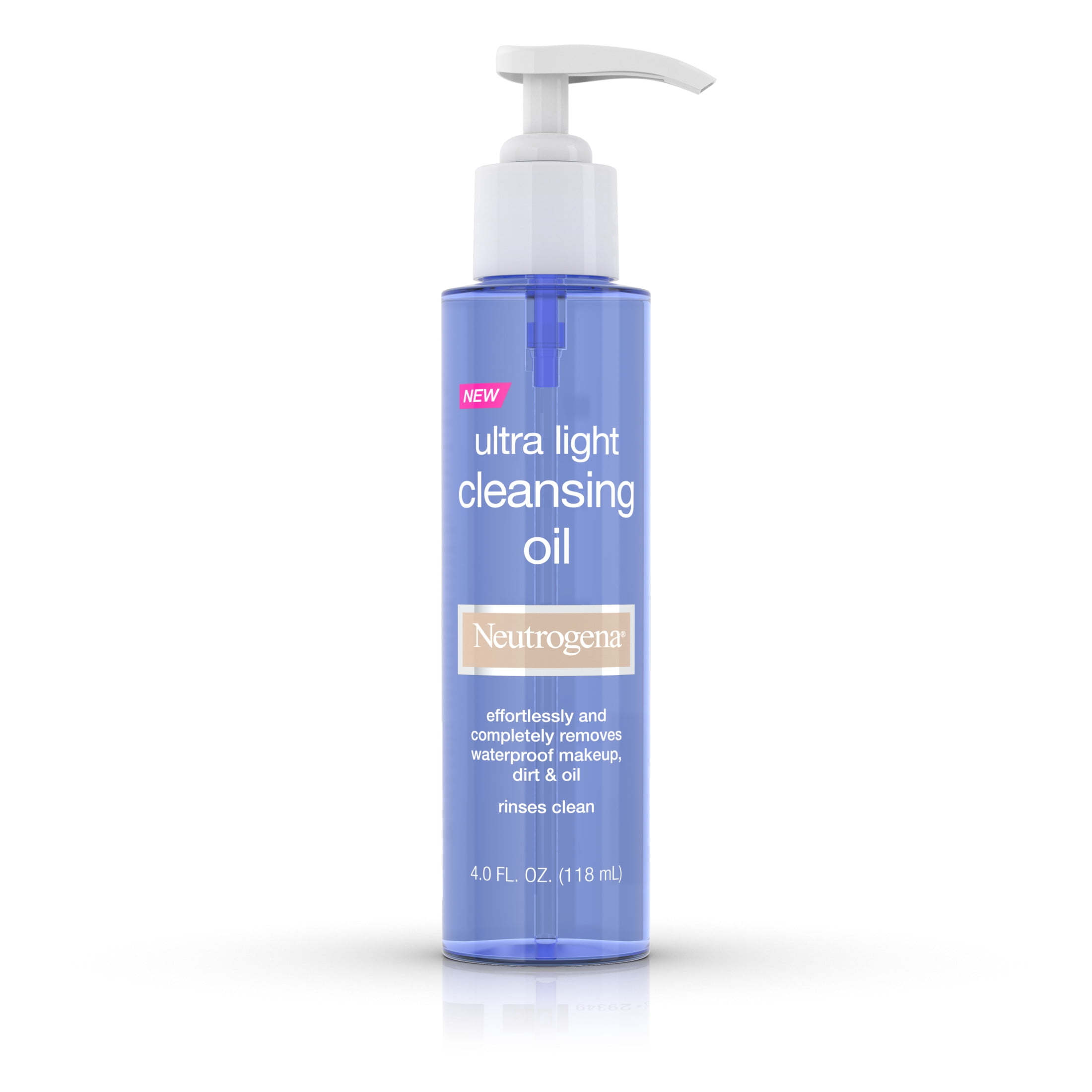
Cleansing oils have become essentials for anyone who wears long-wear makeup or relies on sunscreen daily. They break down pigment without stripping the skin, and the right formula keeps the complexion smooth, clear, and comfortable. We tested multiple options across different textures and skin types to find the oils that truly perform.
Kose Softymo Speedy Cleansing Oil
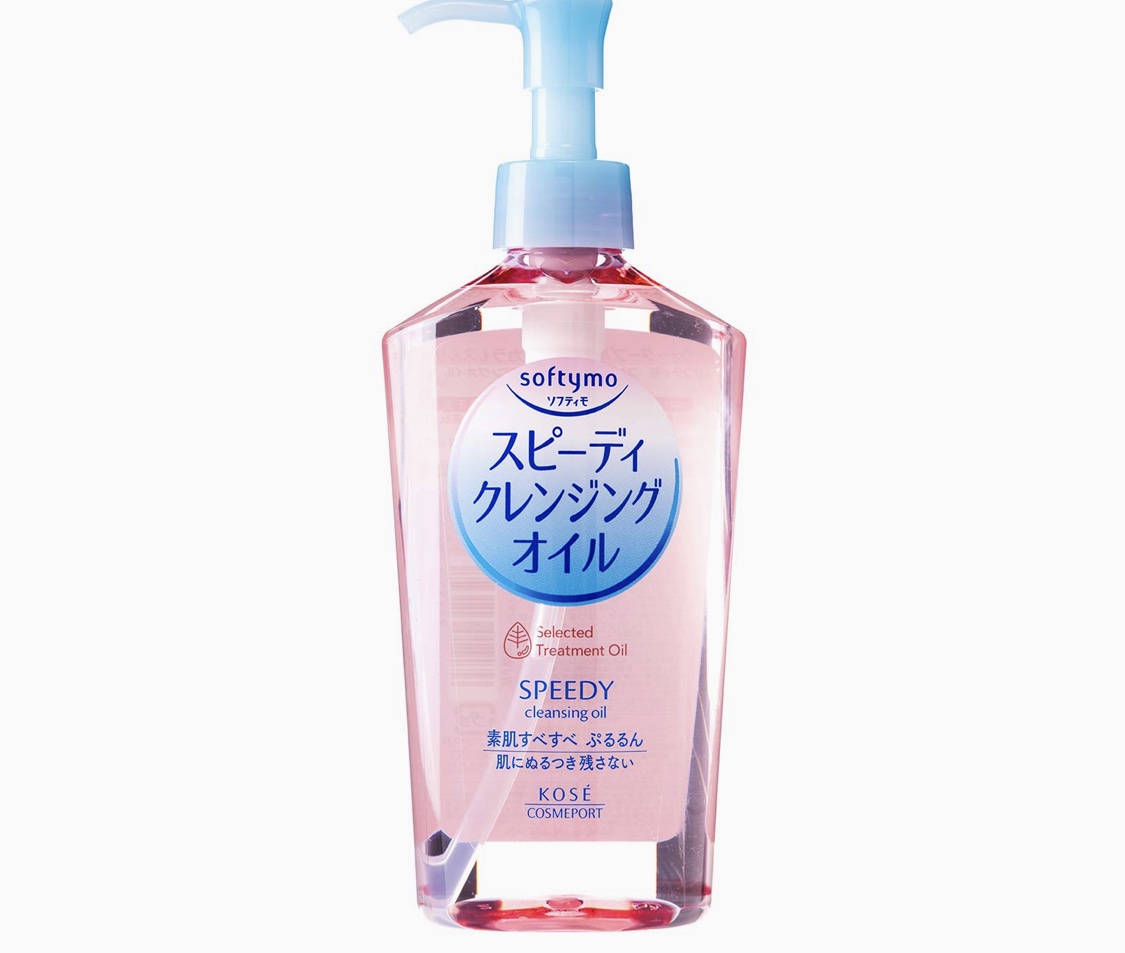
A lightweight favorite that cuts through foundation and brow products almost immediately. It emulsifies cleanly, making it ideal for oily and combination skin that needs a thorough cleanse without residue.
Hada Labo Gokujyun Cleansing Oil
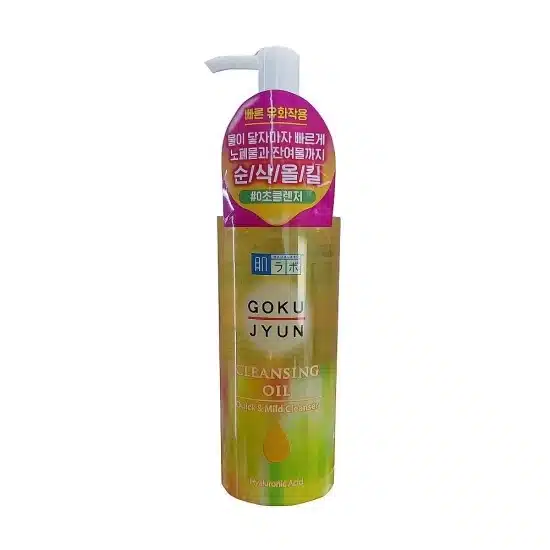
Soft, hydrating, and perfect for dry or dehydrated skin. The formula gives a smooth glide and rinses off without leaving a coated feel, making it a strong choice for evening routines.
Simple Hydrating Cleansing Oil

A minimal, fragrance-free option made for sensitive skin. It removes makeup gently and keeps the moisture barrier intact, which is important for anyone prone to irritation or dark marks from harsh cleansers.
Neutrogena Ultra-Light Cleansing Oil

Featherlight and quick to dissolve sunscreen, dust, and daily buildup. It’s a reliable everyday cleanser for those who prefer a barely-there texture that still works efficiently.
A few seconds of massaging, a splash of water, and each of these oils transforms into a clean, milky rinse, dependable formulas that make end-of-day cleansing feel smooth instead of stressful.
Skin Care
Best Sunscreens for Every Skin Type

Sunscreen rarely makes it onto the average Nigerian skincare list. We think cleanser, maybe moisturizer, but SPF hardly ever makes the cut. Many still assume darker skin doesn’t need sun protection. Unfortunately, that’s a myth. The sun spares no one, and UV rays can dull your glow, darken spots, and speed up ageing.
We live under a sun that can roast corn by noon, so skipping sunscreen is not a show of strength; it is self-sabotage. Thankfully, formulas have improved. There’s now an SPF for every skin type, and most blend beautifully on deeper tones without leaving that ghostly finish. Here’s how to find one that truly works for you.
For Oily Skin: Keep It Light and Matte
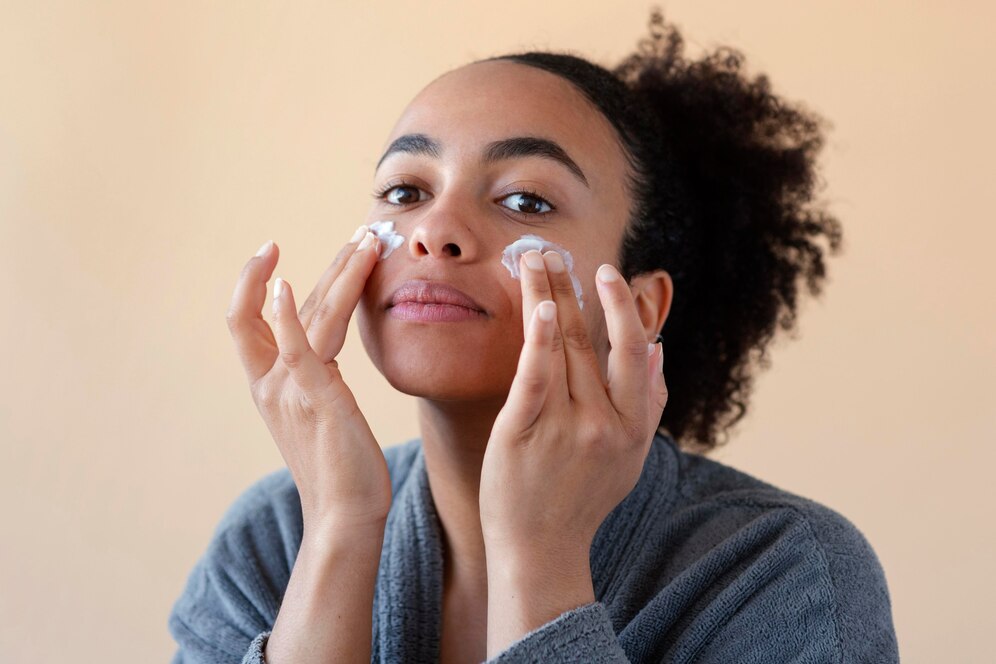
Oily skin and Lagos humidity are a risky combination. The trick is to pick a sunscreen that keeps you protected without adding extra shine. Lightweight, gel-based formulas are best. They dry fast, feel weightless, and help control oil throughout the day.
Look for products labelled oil free, mattifying, or niacinamide infused. They’ll give your skin a clean, smooth finish without clogging pores.
Tip: Keep blotting paper in your bag. The heat will always test you, so stay ready.
For Dry Skin: Think Moisture First
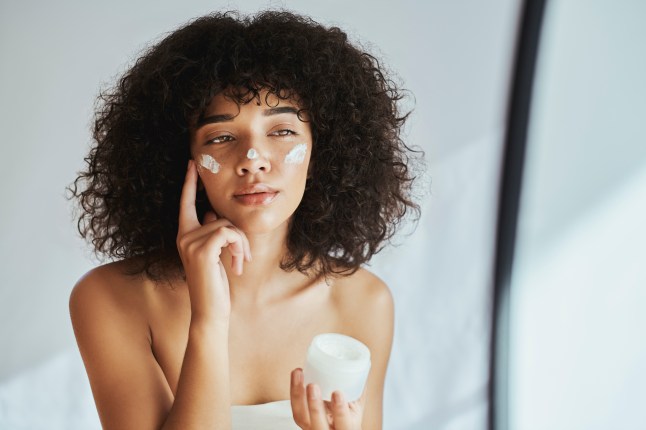
If your skin feels tight or flaky, creamy sunscreens are your best bet. Choose formulas with hydrating ingredients such as shea butter, glycerin, or hyaluronic acid. They protect your skin while locking in moisture, leaving it soft and comfortable instead of parched.
For best results, apply your moisturizer first, wait a few minutes, and then follow with sunscreen. It goes on evenly and lasts longer.
For Combination Skin: Aim for Balance

Combination skin means oily in some areas and dry in others, so balance is everything. A gel cream sunscreen works well; it is light enough for the T-zone, yet hydrating enough for the cheeks.
Go for non-comedogenic products that won’t clog pores or cause breakouts. The right texture should leave your skin feeling fresh, not sticky.
For Sensitive Skin: Gentle Does It

If your skin reacts easily, stick with mineral sunscreens containing zinc oxide or titanium dioxide. They sit on top of the skin instead of sinking in, which reduces the risk of irritation.
Fragrance-free formulas are safest. And if you notice ingredients like aloe vera or green tea on the label, even better; they help soothe and calm the skin after sun exposure.
For Dark Skin: No White Cast Allowed
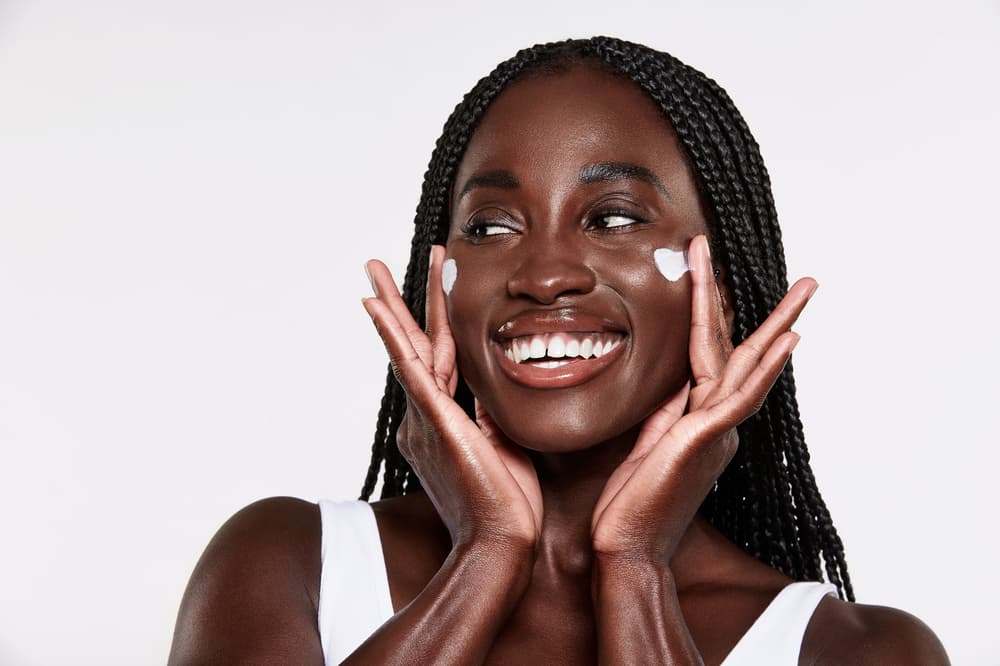
Many people with darker skin tones have given up on sunscreen because of that chalky residue. But newer formulas now melt seamlessly into melanin-rich skin without dulling your complexion.
Look out for labels that say invisible finish, clear, or tinted. Gel or serum based sunscreens tend to blend best, leaving your skin with a healthy, natural sheen rather than an ashy film.
For Outdoor Lifestyles: Sweat Proof or Nothing

If you spend a lot of time outdoors, whether it is morning workouts, daily commutes, or weekend parties, choose a sunscreen that stays put. Water resistant or sport formulas are built to handle sweat and heat.
Remember to reapply every two hours if you’re under the sun for long periods. It may seem like extra effort, but your skin will thank you later.
Final Word: SPF is Essential
Sunscreen is not an optional step; it is the backbone of good skincare. You can invest in the best serums and scrubs, but without SPF, you’re undoing all that effort.
So, before you head out, whether for errands, work, or brunch, make sunscreen the last step in your routine. It’s not about vanity; it’s about care. Years from now, your skin will show the difference.
-

 Beauty4 months ago
Beauty4 months agoIs There Anything Like Too Many Accessories?
-

 Movies5 months ago
Movies5 months agoHijack ’93: The Forgotten Nigerian Hijack Now a Netflix Hit
-

 Celebrity News4 months ago
Celebrity News4 months agoToke Makinwa Shares Graceful Pregnancy Reveal
-

 Movies5 months ago
Movies5 months agoTrailer Review: Highest to Lowest
-

 Sex & Relashionships4 months ago
Sex & Relashionships4 months agoSigns You Have Abandonment Issue and How to Heal
-

 Music4 months ago
Music4 months agoKokopee Drops EP ‘All I Need It’s Kokopee
-

 Celebrity News4 months ago
Celebrity News4 months agoAsake Shows off New Hair on Stage
-

 Models4 months ago
Models4 months agoDorothy Anador Celebrates Her Best Self in Birthday Photoshoot
-

 Movies4 months ago
Movies4 months agoMovie Review: Task Official Trailer
-

 Top Xclusiv4 months ago
Top Xclusiv4 months agoItalian Designer Giorgio Armani Dies at 91





